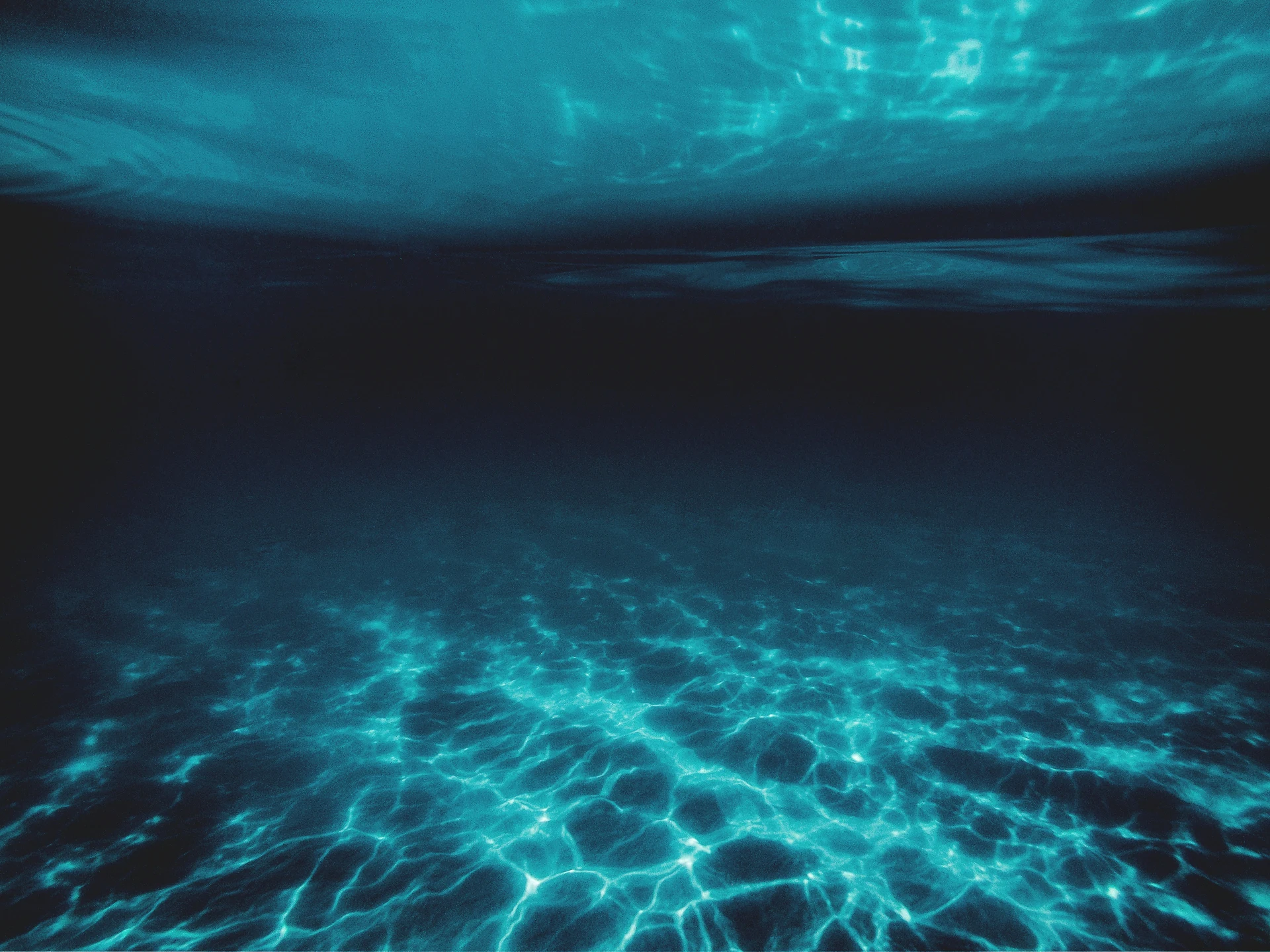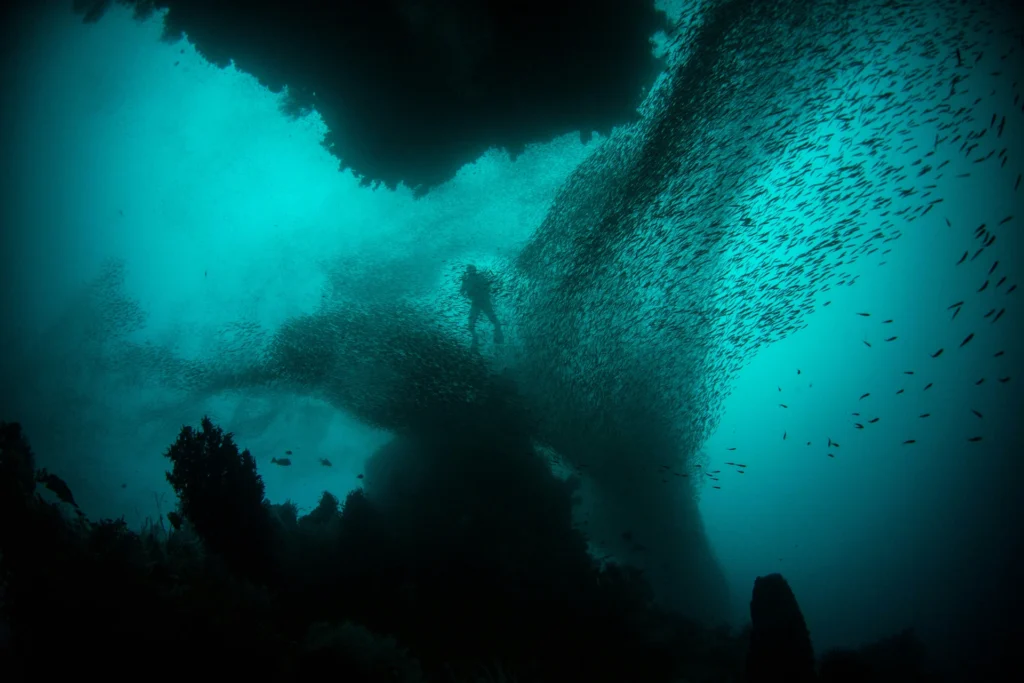Table of Contents
What mysteries lie beneath the ocean’s surface, far beyond the reach of sunlight, inhabited by deep sea creatures? Join us on a journey into the abyss to discover the remarkable adaptations and extraordinary beings thriving in this alien world. From bioluminescent wonders to creatures defying crushing pressures, delve with us into the captivating beauty and survival strategies of the depths.

The Alien World Beneath the Waves
Descending into the depths of the ocean is akin to entering another dimension, where darkness reigns supreme and the pressure is unfathomable. Yet, despite these inhospitable conditions, life thrives in abundance, showcasing the remarkable resilience and adaptability of deep sea creatures.

Adaptations for Survival
Bioluminescence: Illuminating the Darkness
Bioluminescence is a prevalent phenomenon among deep sea denizens, serving various purposes from communication to predation. Creatures like the anglerfish employ bioluminescent lures dangling from their heads to attract unsuspecting prey, while others, like the flashlight fish, use light-producing organs located beneath their eyes to navigate the gloomy depths.
Pressure Tolerance: Defying the Crushing Weight
The deep sea exerts pressures that would crush most organisms instantaneously. However, deep sea creatures have evolved ingenious adaptations to withstand this immense force. For instance, the bodies of deep sea fish are often gelatinous and lacking in gas-filled cavities, allowing them to maintain their shape under extreme pressure. Additionally, some species possess specialized molecules in their cells that stabilize proteins and prevent them from collapsing under pressure.
Unique Feeding Strategies: Surviving on Scarcity
In the abyssal depths where food is scarce, deep sea creatures have developed extraordinary feeding mechanisms to sustain themselves. Take, for example, the gulper eel, whose distensible jaws allow it to swallow prey much larger than itself in a single gulp. Similarly, the vampire squid possesses long, filamentous appendages adorned with tiny suckers, enabling it to ensnare drifting particles and small prey items with ease.

Bizarre Beauty
In the perpetually dark and frigid waters of the deep sea, a myriad of peculiar life forms thrives, each more captivating than the last.
The Viperfish: A Stealthy Predator
With its elongated body, needle-like teeth, and bioluminescent lure dangling enticingly in front of its jaws, the viperfish is a formidable predator of the deep. Its large, hinged mouth can open wide to engulf prey in a swift strike, making it a master of ambush predation in the inky depths.
The Dumbo Octopus: Graceful Elegance in the Abyss
Named for its resemblance to the beloved Disney character, the dumbo octopus is a creature of extraordinary grace and beauty. With its ear-like fins fluttering delicately as it glides through the water, this deep sea dweller captures the hearts of all who encounter it. Despite its ethereal appearance, the dumbo octopus is a skilled hunter, using its tentacles to snatch up unsuspecting crustaceans and small fish from the ocean floor.
The Goblin Shark: A Relic of Prehistoric Times
Encountering a goblin shark is like stumbling upon a living fossil from the depths of time. With its protrusible jaws, elongated snout, and eerie, pinkish skin, this ancient predator is a testament to the enduring mysteries of the deep sea. Using electroreception to detect the faint electrical signals given off by its prey, the goblin shark prowls the ocean depths in search of its next meal, its ghostly form haunting the imaginations of all who dare to venture into its realm.
Learn More!
Delving into the depths of the ocean unveils a world of wonders beyond imagination. From the bizarre beauty of the anglerfish to the elusive nature of the goblin shark, deep sea creatures continue to captivate and intrigue scientists and enthusiasts alike. To discover more about the marvels of the animal kingdom, explore our fish category and uncover fascinating facts about the creatures that inhabit the watery realms. You can also learn about other remarkable species in our marine marvels post.
F. A. Q. about Deep Sea Creatures
How do deep sea creatures survive the pressure?
Deep sea creatures have evolved specialized anatomical structures, such as flexible bodies and collapsible lungs, to withstand the immense pressures of the deep sea without being crushed. Additionally, their cells contain molecules that stabilize proteins, preventing them from collapsing under pressure.
Why are deep sea creatures so weird-looking?
The extreme conditions of the deep sea, including darkness, cold temperatures, and high pressure, have led to the evolution of unique adaptations and features in deep sea creatures. These adaptations often result in their bizarre appearance, which can include elongated bodies, bioluminescent organs, and unusual appendages.
Can deep sea creatures survive on the surface?
Many deep sea creatures are adapted to the specific conditions of the deep sea and would not survive if brought to the surface due to changes in pressure and temperature. Additionally, some deep sea fish have swim bladders filled with gas, which can expand and rupture if brought rapidly to the surface, causing them to appear bloated or even explode.
Do deep sea fish explode when brought to the surface?
Some deep sea fish have swim bladders filled with gas, which can expand and rupture if brought rapidly to the surface, causing them to appear bloated or even explode. This phenomenon, known as barotrauma, can be fatal for deep sea fish when they are brought to shallower depths by fishing trawlers or other human activities.
Are there giant creatures in the deep sea?
Yes, the deep sea is home to a variety of large and unusual creatures, including giant squids, colossal squids, and giant isopods. These creatures have adapted to life in the abyssal depths, where they prey on smaller organisms and scavenge for food in the darkness.


